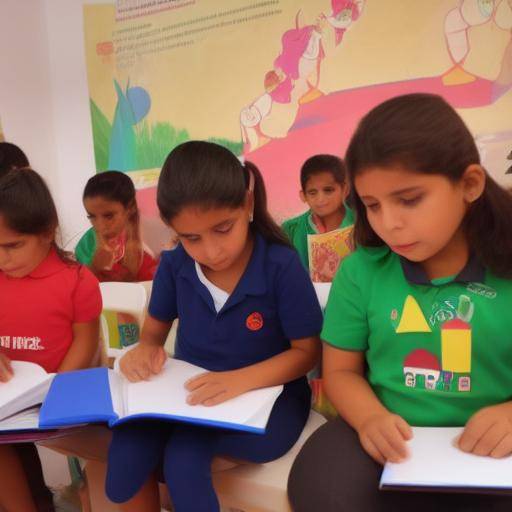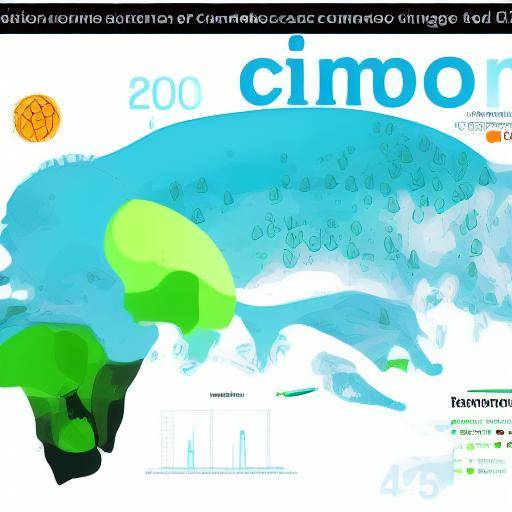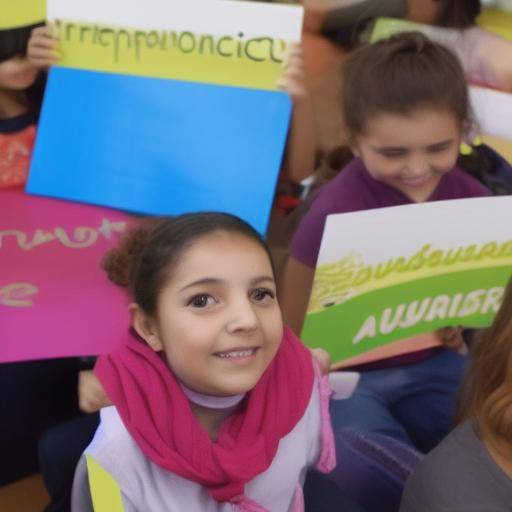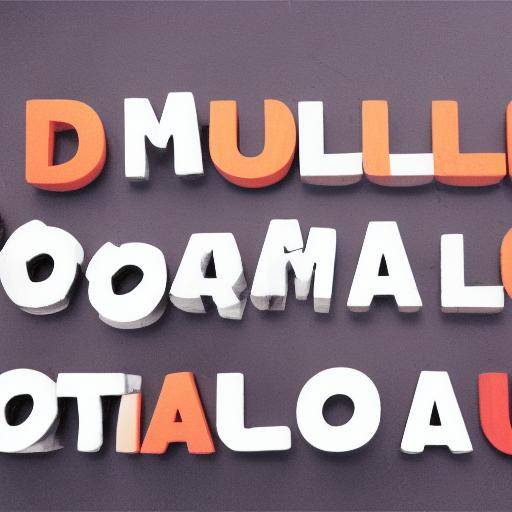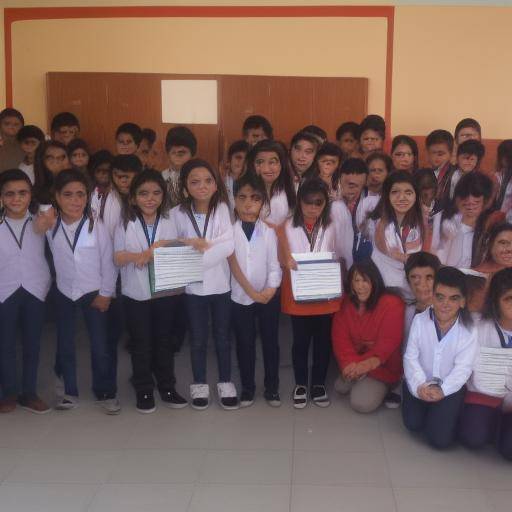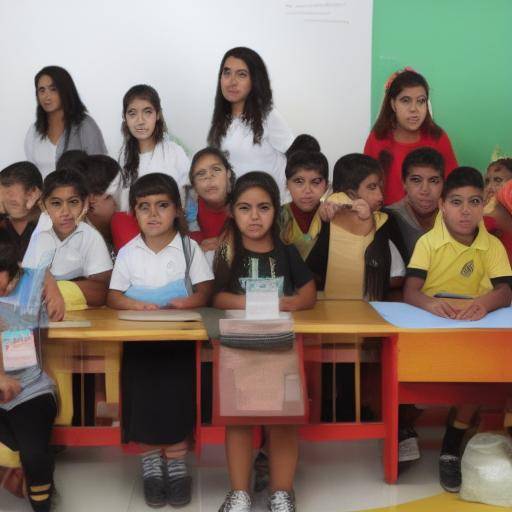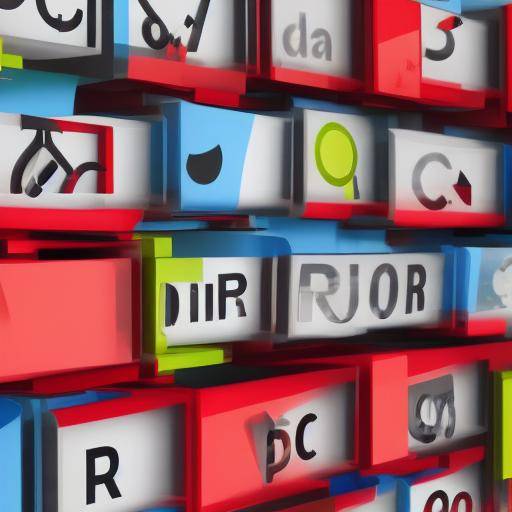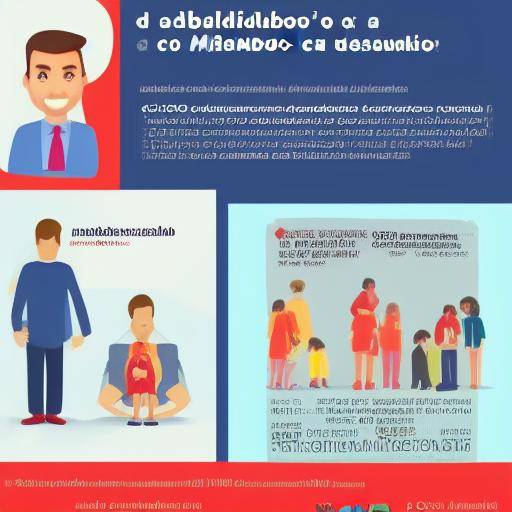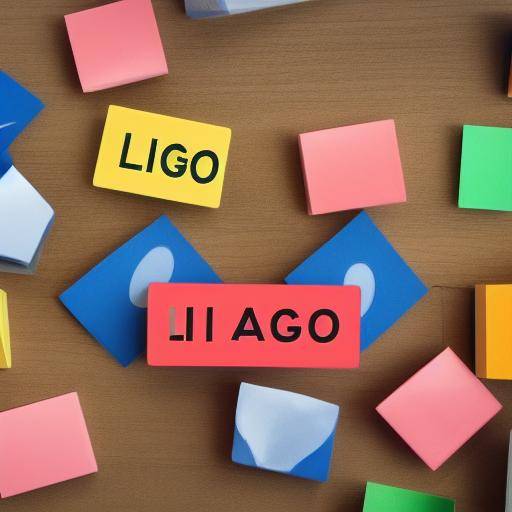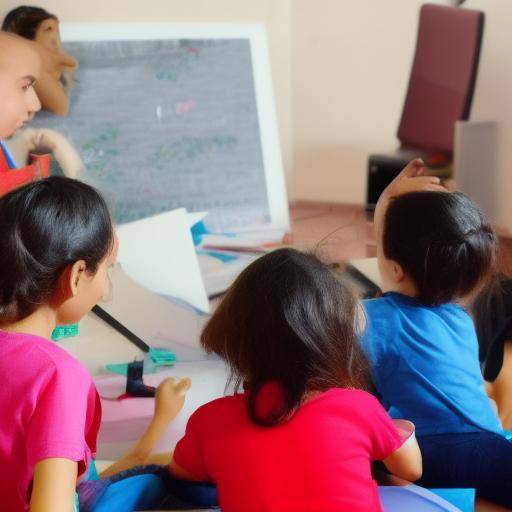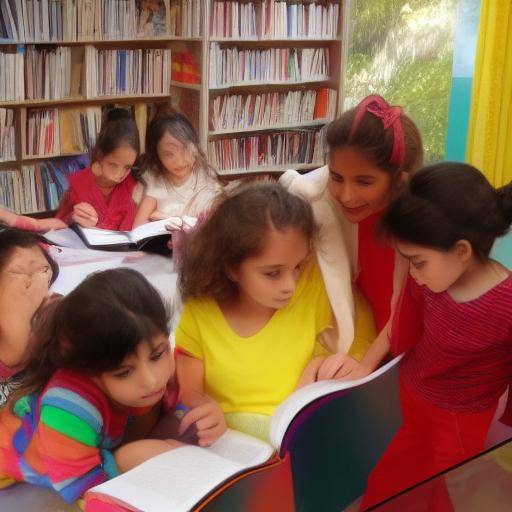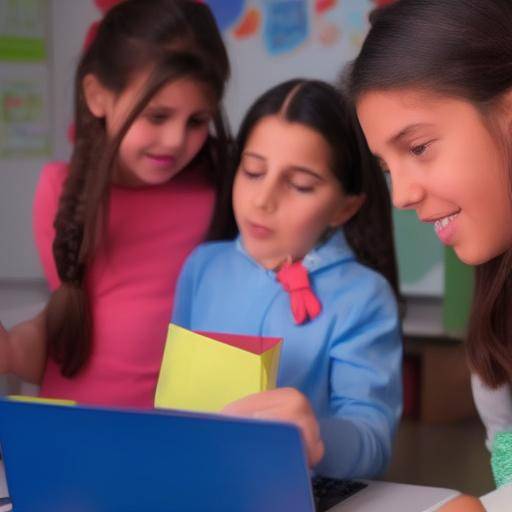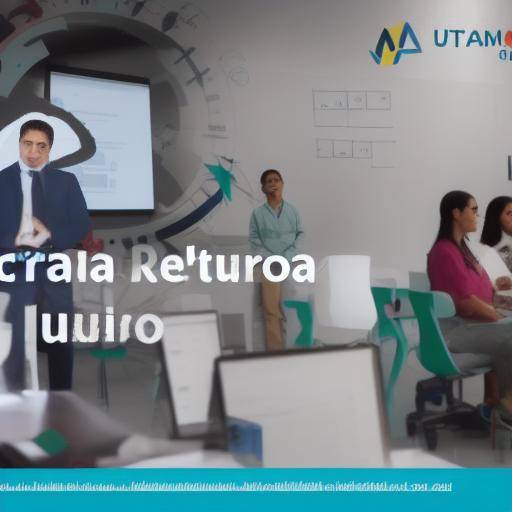
Introduction
In today's world, education faces different challenges that require constant evolution, and one of the areas that demands greater attention is the ability to develop autonomous projects in the classroom. This article aims to explore the resources available to promote the development of autonomous projects, providing educators with the tools necessary to promote autonomy and critical thinking in their students.
Throughout this article, we will immerse ourselves in the importance of this educational methodology, explore its historical and theoretical foundations, discuss its benefits and challenges, and provide practical resources, advices, and ideas to effectively implement it in the classroom. In addition, we will consider the perspectives of experts and provide concrete examples of case studies and real applications. If you are an educator to enrich your teaching practice with autonomous projects, this article is designed to offer you a comprehensive guide.
History and Background
The development of autonomous projects in the educational field has its roots in the theory of constructivist learning, which postulates that students actively learn when building their own knowledge through interaction with the environment. This approach has been consolidated over time, evolving with contributions from prominent theorists such as Jean Piaget and Lev Vygotsky.
The concept of autonomous projects has experienced significant growth as it has gained recognition of its capacity to foster critical thinking, problem solving, creativity, and autonomy in learning. Over the past few decades, many pedagogical currents have been developed that advocate the promotion of autonomous projects as a central element in education, thus promoting their integration into the classroom progressively.
Technological advance has also played a key role in this process, providing access to a wide range of digital resources and collaborative tools that enrich the experience of self-learning.
Analysis in Deep
The promotion of autonomous projects in the classroom is an educational approach that entails a number of significant benefits. It stimulates critical thinking by challenging students to solve problems independently, fosters collaboration and teamwork, and promotes creativity and self-regulation in learning. In addition, it empowers students by providing them with the freedom and responsibility to direct their own learning process, which in turn provides them with greater intrinsic motivation.
However, the development of autonomous projects also faces significant challenges. It requires a rethinking of traditional teaching dynamics, as well as an active commitment by educators to effectively guide and support students in their research and discovery process. In addition, the evaluation of autonomous projects poses additional challenges in questioning conventional qualification methods.
Comprehensive review
To effectively implement autonomous projects in the classroom, it is essential to have a variety of resources and tools. Educators can use digital platforms that facilitate project management, online collaboration tools that encourage interaction among students, and educational resources that encourage exploration and independent research.
It is also essential to provide individualized guidance and support to students, establish clear and attainable objectives, and design activities that encourage critical reflection and authentic learning. The integration of formative evaluation and constructive feedback also plays a crucial role in the development of successful autonomous projects.
Comparative analysis
By comparing the resources available to promote autonomous projects in the classroom, it is clear that the implementation of autonomous projects requires a balanced combination of physical and digital resources. Physical resources may include teaching materials, reference books, visual art tools, experiment equipment, and any other tangible material that provides students with the tools necessary to explore and materialize their projects. On the other hand, digital resources cover a wide range of online tools, educational platforms, interactive applications, video tutorials, and access to databases and virtual libraries.
These resources provide students with the ability to investigate, collaborate, present their projects, and receive feedback from both their peers and their teachers, which significantly enriches their self-learning experience.
Practical Tips and Useful Recommendations
In undertaking the challenge of implementing autonomous projects in the classroom, it is essential to consider a number of practical councils that can contribute to the success of this educational methodology.
- Fostering creativity: Stimulating creativity and originality in autonomous projects is essential to maximize the innovative potential of students.
- Providing constructive feedback: Providing meaningful and timely feedback during the development of the project is critical to guiding students in their learning process.
- Set clear expectations: It is crucial to communicate clearly the objectives, the evaluation criteria, and the expectations for students to align their work with the established goals.
- Promoting autonomy: Providing students with the freedom to make decisions, organizing their work, and solving problems independently is essential to fostering self-government in learning.
- Promoting collaboration: Incentivizing collaboration among students and facilitating spaces to share ideas and feedback mutually enriches the learning experience.
By following these councils, educators can create an enabling environment for the development of autonomous projects in the classroom, thus fostering critical thinking, creativity, and autonomy in their students.
Industry Perspectives and Expert Reviews
The opinions of experts in the field of education play a key role in analysing the approach to the development of autonomous projects in the classroom. Several prominent pedagogues have expressed their support for this methodology, highlighting their ability to empower students, promote problem solving skills, and promote genuine and meaningful learning.
The implementation of autonomous projects aligns with the current educational trends that promote a more focused approach to the student, where the role of the educator becomes the facilitator and guide in the learning process. In addition, this methodology resonates with the need to educate students to face the challenges and demands of a constantly changing world, allowing them to develop self-management, adaptability, and critical thinking skills that are fundamental in today's society.
Case Studies and Practical Applications
Case studies and practical applications provide a more detailed look at how autonomous projects are implemented in different educational contexts and the results obtained. From the creation of scientific research projects to the development of artistic presentations and the resolution of engineering problems, autonomous projects cover a wide range of areas and disciplines.
For example, in a case study at a primary school, it was observed that autonomous projects encouraged the intrinsic motivation of students, strengthened their organizational and planning capacity, and promoted communication and presentation skills. These results demonstrate the transformative potential of this methodology in the integral development of students.
Future Trends and Predictions
As we enter the future of education, the trend towards the promotion of autonomous classroom projects is expected to continue to gain momentum. With the continuous advancement of technology, digital resources will continue to play a crucial role in the implementation and effective management of autonomous projects. Online learning platforms, virtual collaborative environments, and adaptive evaluation tools will continue to evolve to provide comprehensive support to this educational methodology.
In addition, pedagogical approaches based on autonomous projects are expected to expand globally, covering a wide variety of educational and cultural contexts. The adaptability and flexibility inherent in this methodology make it highly compatible with the diversity of educational systems worldwide, suggesting that their influence and adoption will continue to increase.
Conclusions
In short, the development of autonomous projects in the classroom represents an innovative educational approach that enhances the development of fundamental skills in students. Through a balanced combination of physical and digital resources, the promotion of autonomy in learning becomes a tangible reality that promotes creativity, problem solving, and student empowerment.
Access to varied resources and the integration of practical advice and useful recommendations enable educators to effectively and enrich this methodology. The combination of industry perspectives, expert opinions, case studies, and future trends provides a complete picture of the positive impact and transformative potential of autonomous projects in the classroom.
Frequently asked questions (FAQs)
**1. What are the key benefits of promoting autonomous projects in the classroom?**Benefits include developing critical thinking skills, learning autonomy, creativity, problem solving, and intrinsic motivation in students.
**2. What digital resources are useful for the implementation of autonomous projects?**Project management platforms, online collaborative tools, research databases, and interactive applications are relevant digital resources.
**3. How can you evaluate learning in autonomous projects?**The evaluation may include adapted rubrics, peer assessment, presentations, analysis of completed projects, and continuous training feedback.
**4. What is the role of the educator in the development of autonomous projects?**The educator acts as a guide, facilitator and motivator, providing direction, support, and feedback to students throughout the process.
**5. What challenges can arise when implementing autonomous projects in the classroom?**Challenges may include the need to establish clear expectations, effectively manage autonomy, and adapt evaluation to diverse projects.
**6. How can autonomous projects prepare students for the future?**Autonomous projects promote problem solving skills, adaptability, communication, and critical thinking that are essential to success in a dynamic and evolving working environment.
Throughout this article, we have explored in detail the resources, benefits, challenges, perspectives, case studies, and future trends related to the development of autonomous projects in the classroom. We hope that this comprehensive guide will provide educators with a strong knowledge base and practical resources to promote this educational methodology in their teaching environments.

